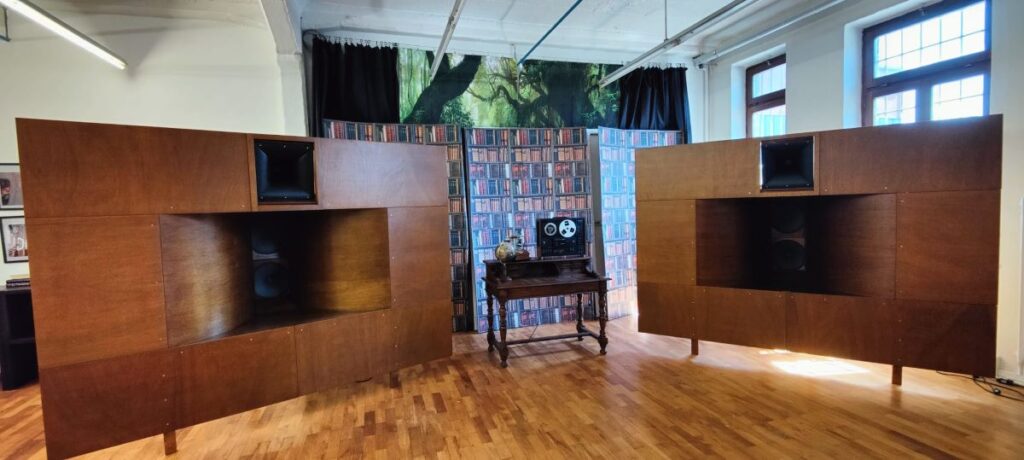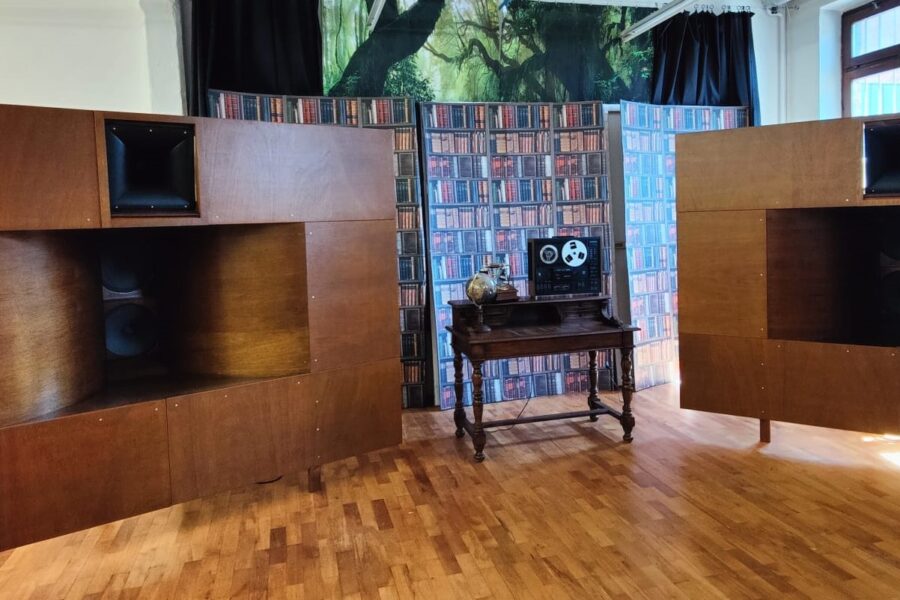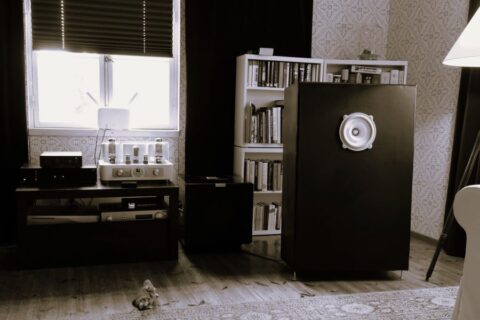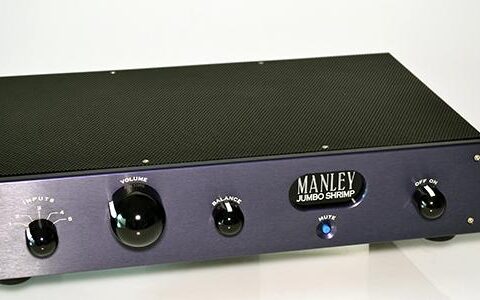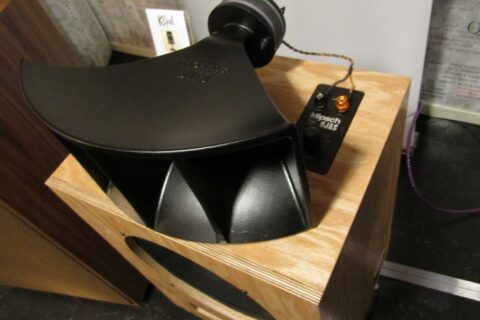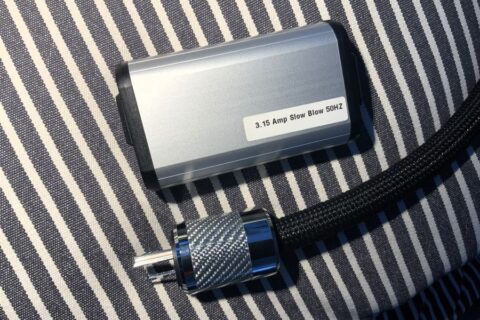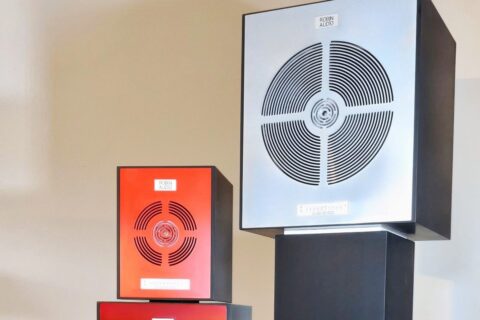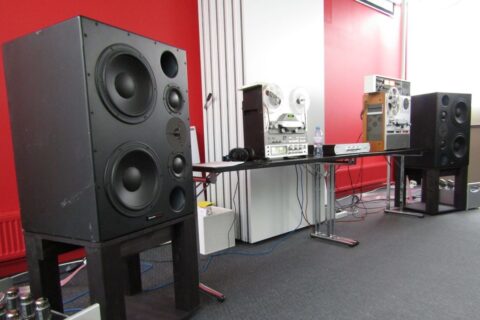In recent years more and more industry leaders have begun to speak in favour of a cinema sound of the golden period, roughly from the 1930s to 1960s. That is no surprise in view of the fact that the sound from many legendary cinema speakers can be outstanding and still highly relevant, not necessarily in the modern sense of Hi-Fi but merely by addressing certain qualities or aspects of the sound rarely, if ever, achieved by means of more modern commercial loudspeakers, independently of the size or price. This came to my mind when I got in close contact with the amazing speaker shown in the images.
When talking of a classic cinema sound, advocates often make a reference to Lansing/Altec or RCA or Western electric in the USA. That is correct but not exclusive. In particular, their European counterpart, the German Siemens/Klangfilm ought not be neglected in the context. Siemens/Klangfilm made absolutely wonderful top cinema speakers both before and after WWII, and although much appreciated in Japan, Germany and France, has attracted less attention than it deserves. A story of a Klangfilm Bionor Mono system can be found HERE.
Klangfilm was founded in 1928 by Siemens and AEG/Telefunken. A year after Klangfilm was merged with Tonbild Syndikat AG who had major patents on film-sound technology invented by Tri-Ergon (Klangfilm-Tobis). When Western Electric sound-film systems landed in Europe in 1929, Tonbild sued WE for infringing Tri-Ergon’s patents triggering a patent war between German Tobis/Klangfilm on one hand, and American Western Electric/RCA, on the other. The raging controversy between Klangfilm and Western Electric came to an end when, in 1930, Tobis-Klangfilm and General/Western Electric signed a contract including rights to interchangeability of sound-films patents, and agreement on a division of world markets (Klangfilm reserved exclusive rights of distribution and licensing of recording and cinema equipment in Germany and other European states).
In 1941 Siemens acquired the part held by AEG, and after WWII, the Siemens AG, located in Munich, West Germany, restarted production at its Karlsruhe factory. Products intended mainly for consumer markets were sold under Siemens brand, and those distributed for cinemas, chiefly under Klangfilm or, especially loudspeakers, Siemens/Klangfilm.
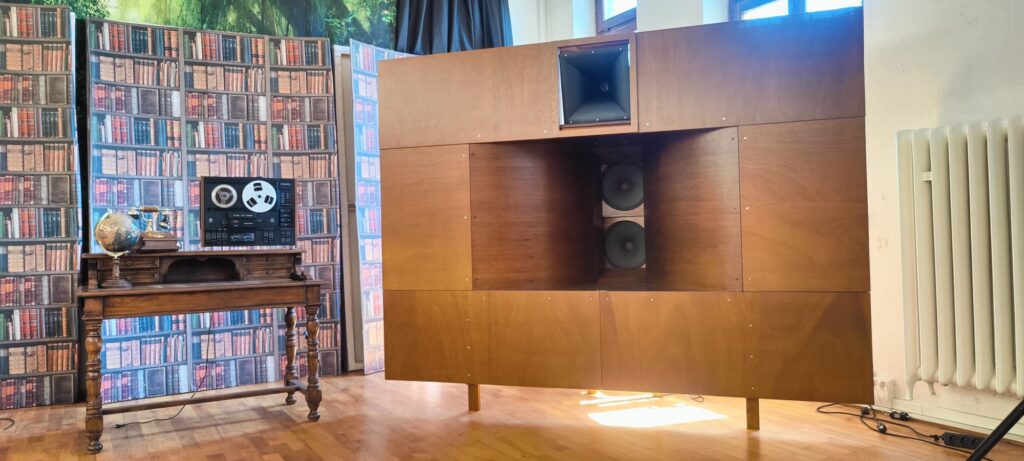
LOUDSPEAKERS
Klangfilm manufactured a series of legendary drivers such as the KL-L405 widebander (HERE‘s a story of a speaker using the 14 inch Klangfilm KL-L405 in a modern dipole enclosure), or woofers such as the KL L402, and horn/compressions drivers such as KL L301. Of these elements of engineering excellence Klangfilm assembled dozens of unique loudspeakers that were primarily intended for cinemas but are nowadays very much drooled over by ambitious audiophiles. Among the most popular ones are some Junior models (Europa and Klarton) but more specifically Eurodyn and Bionor.
Here you see Klangfilm Eurodyn KL L439 featuring the KL L302 horn/compressions driver, the field coil KL L406 woofer, and KL LZ 433 crossover.
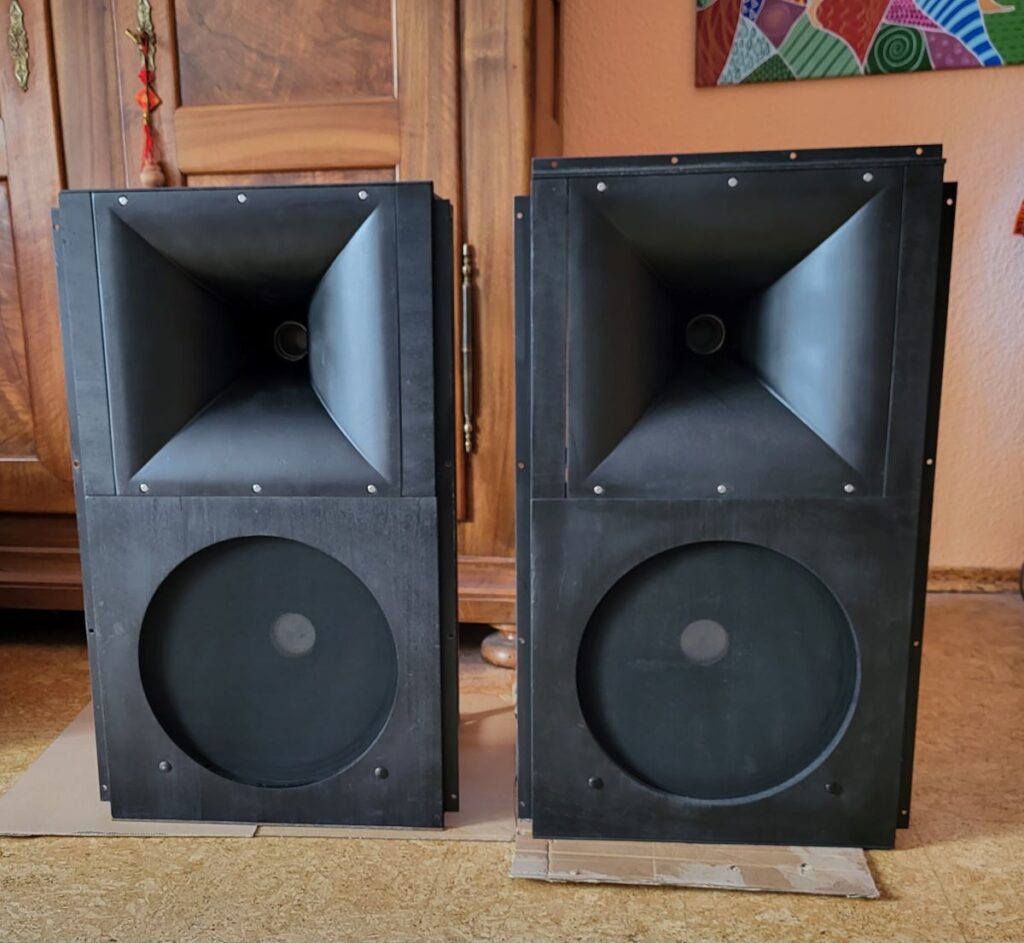
The same speaker from the rear side:
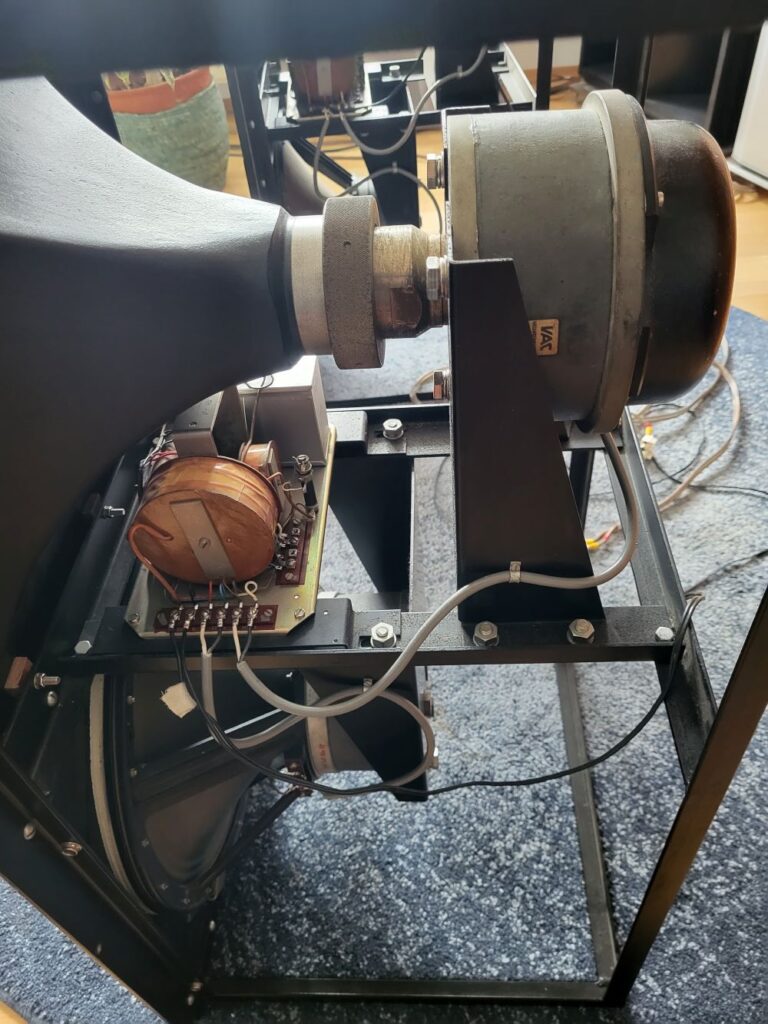
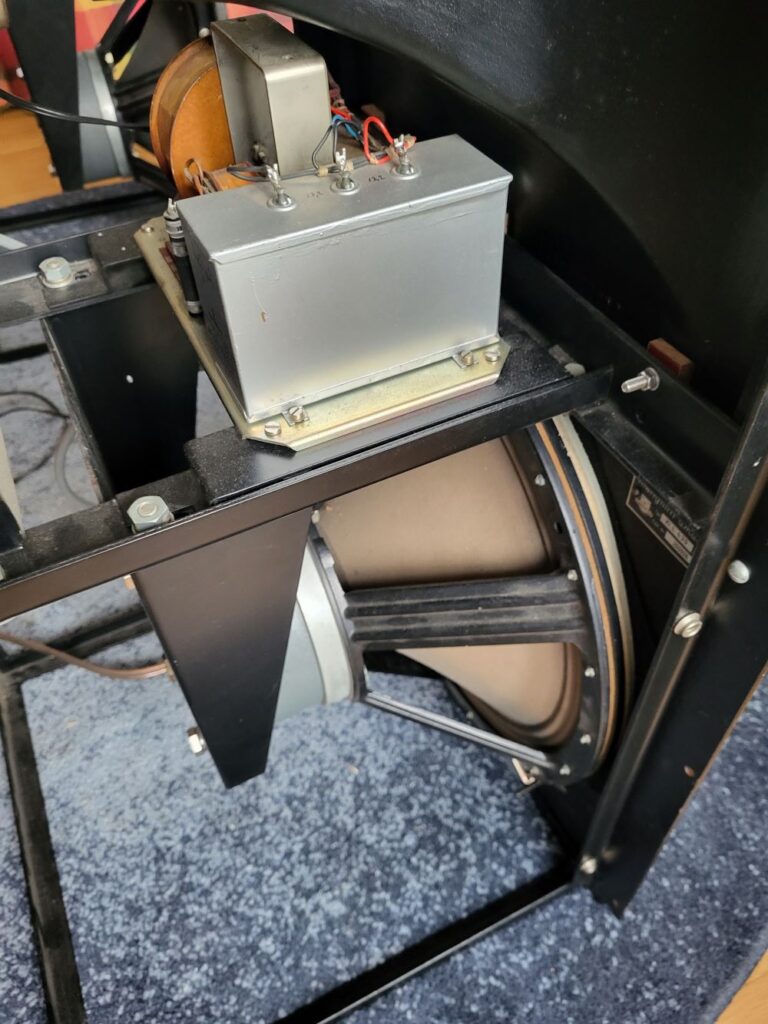
BIONOR
The king of Klangfilm cinema speakers is naturally Bionor. The Bionor that appears in the images is KL-L433, a combination of two KL-L405 woofers in a relatively short but large front horn, and the KL-L302 compressions driver/tweeter horn installed flush at the top. The 15 ohm KL LZ 303 crossover split the drivers at 500 Hz. There’s no sealed or reflex enclosure for the woofers, just the huge baffle that once appeared in miscellaneous shapes, official dimensions of the KL L433 being (WHD) 2500 x 1850 x 1000 mm. With its large wooden baffle and inconspicuous speaker units, this strikingly beautiful loudspeaker must be aesthetically one of the most impressive speakers ever existed irrespectively of the age!
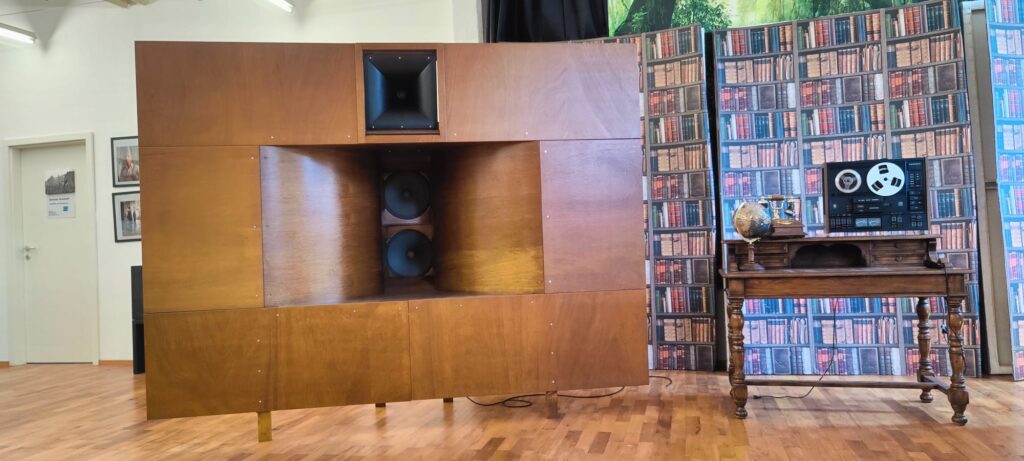
Klangfilm KL-L302 horn unit.
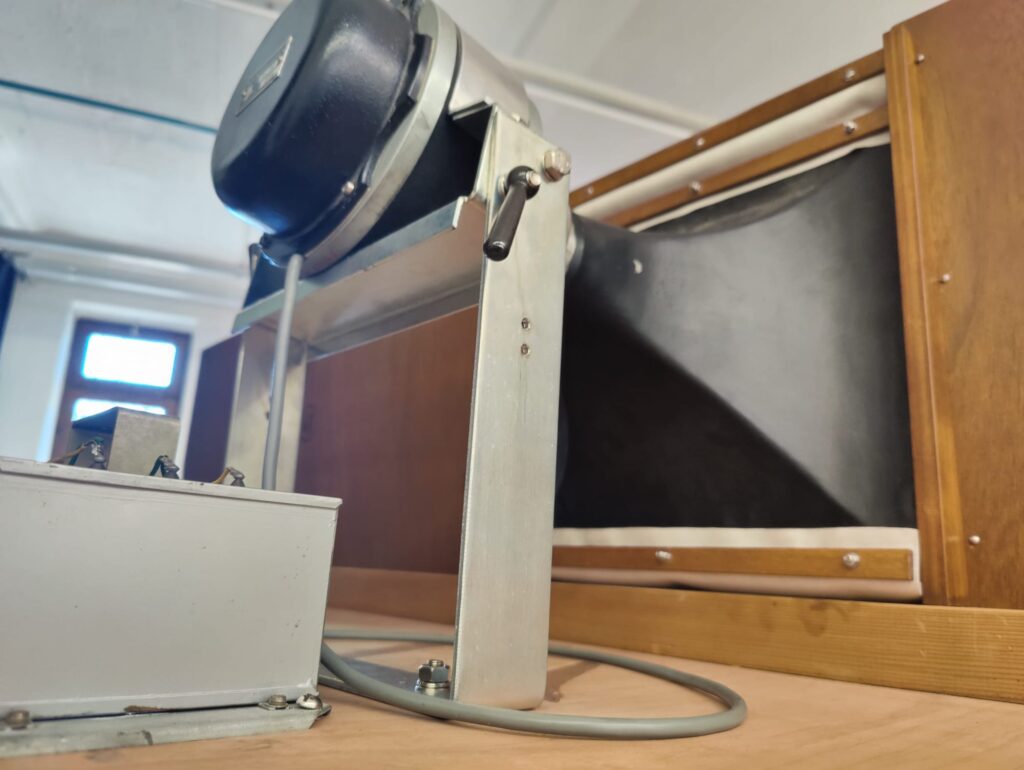
The KL LZ 303 crossover:
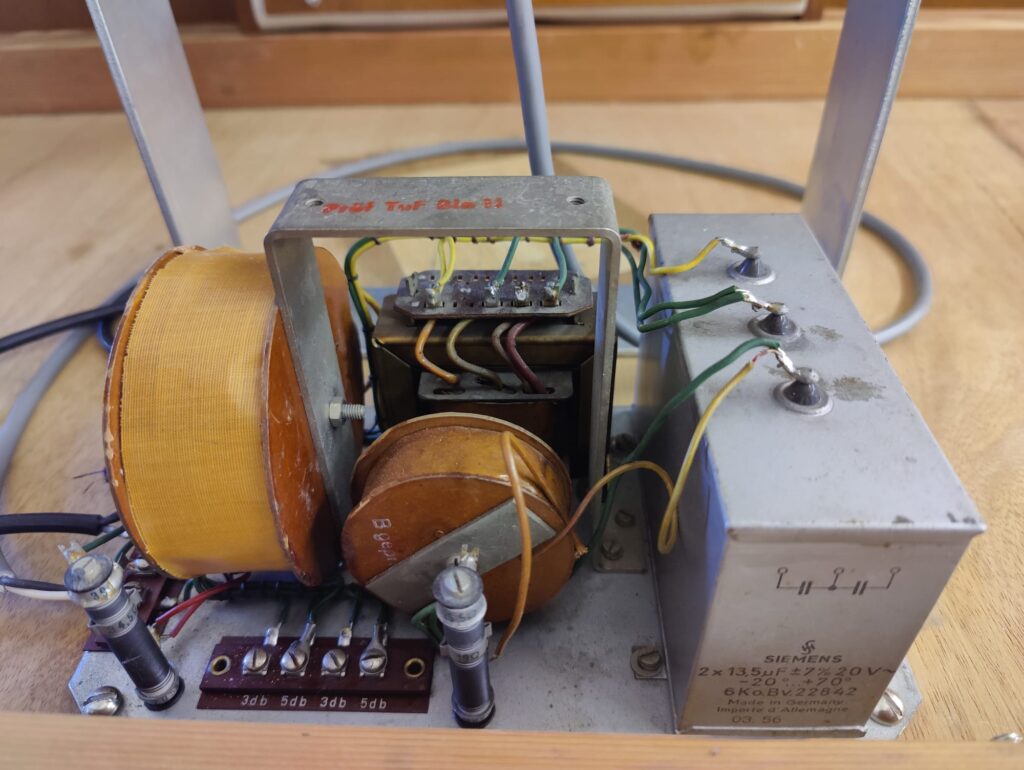
The woofer horn from behind:
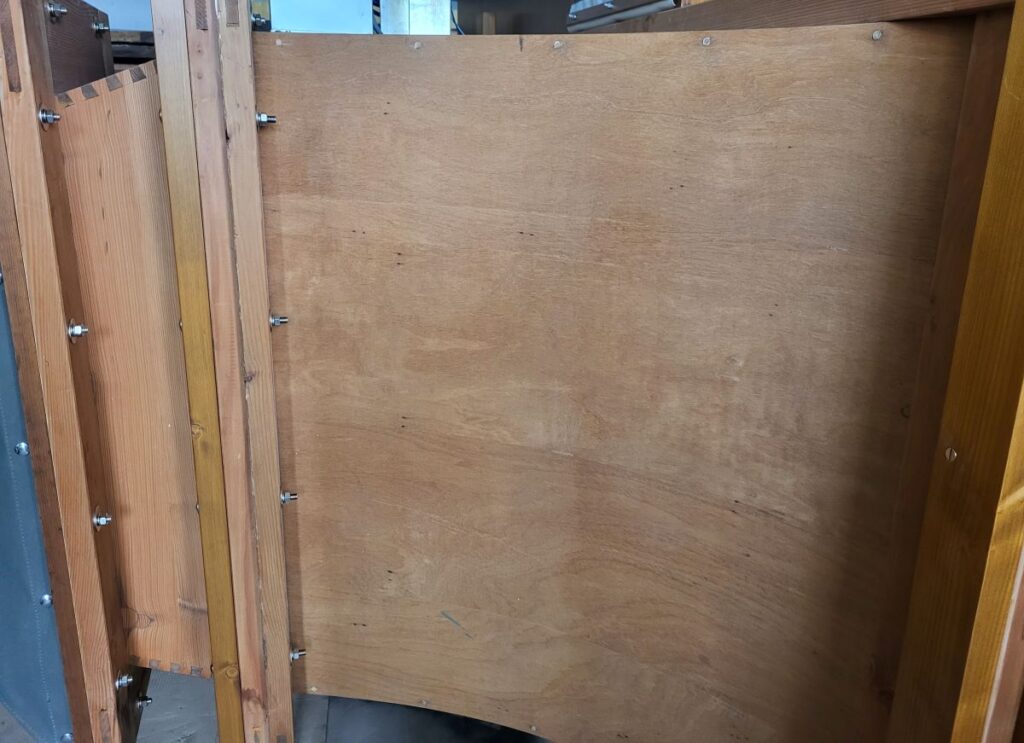
The two KL-L405 woofers:
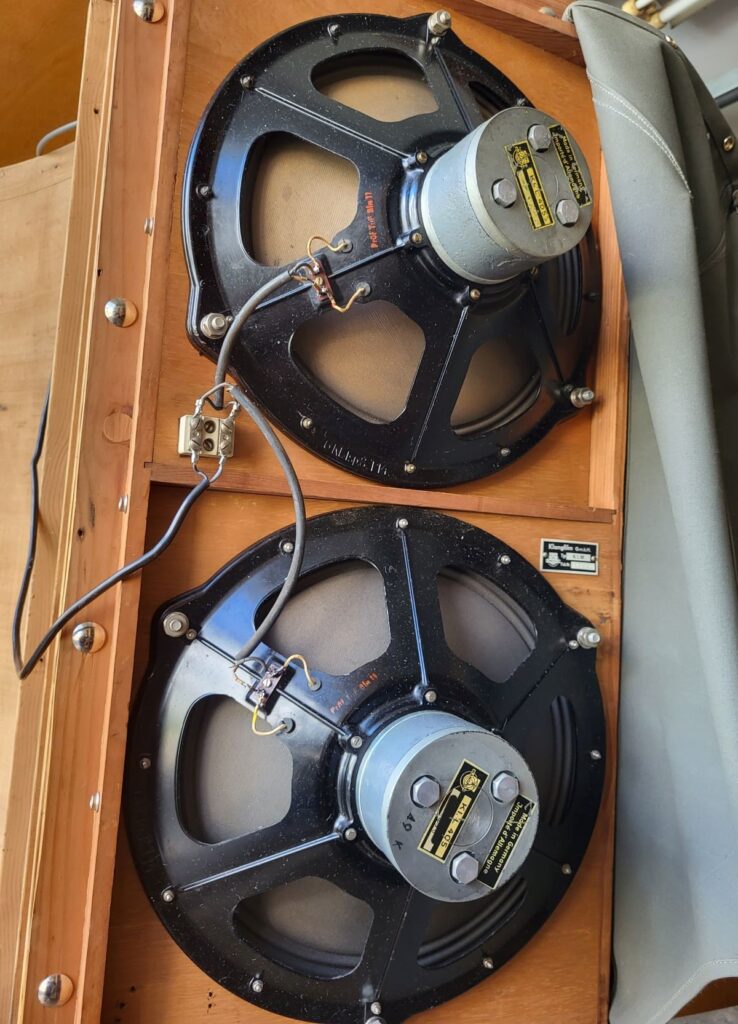
Once again, look at it!
